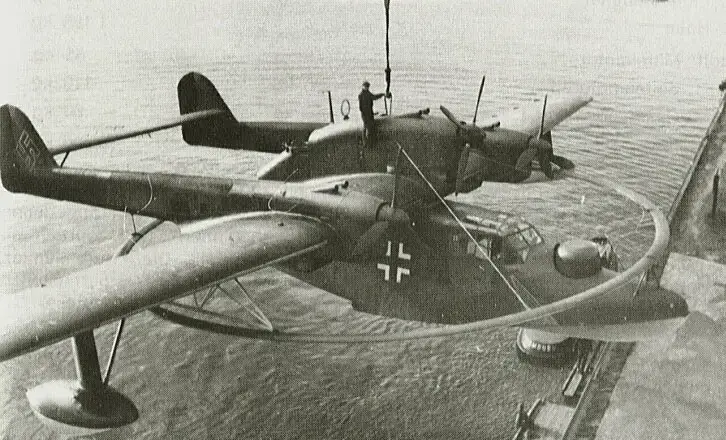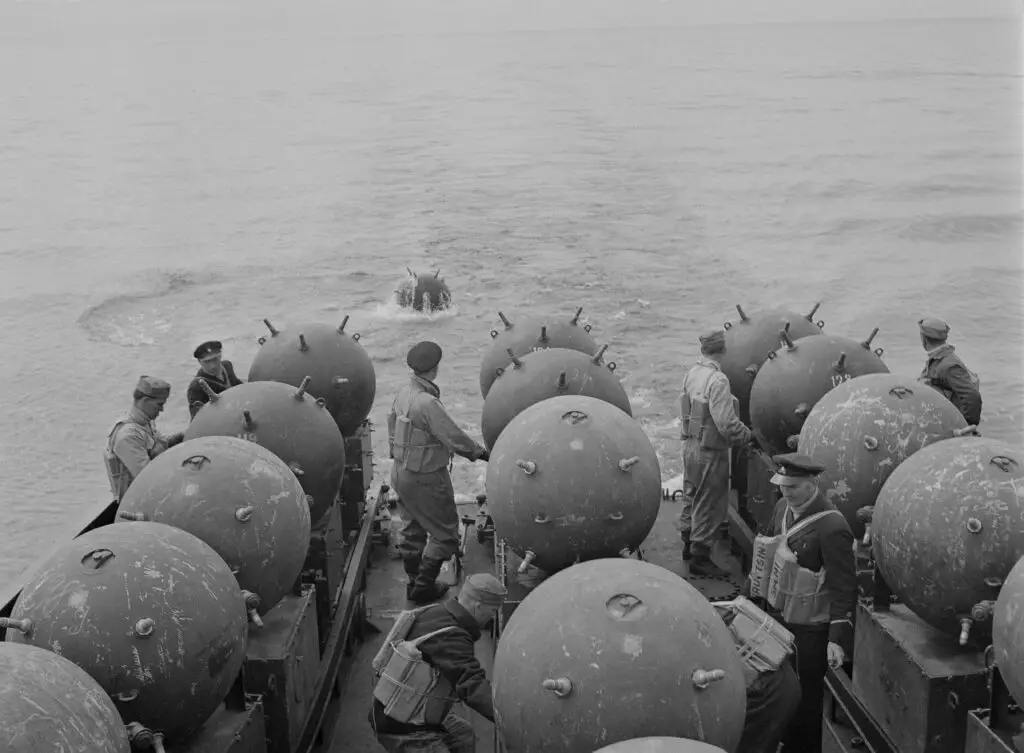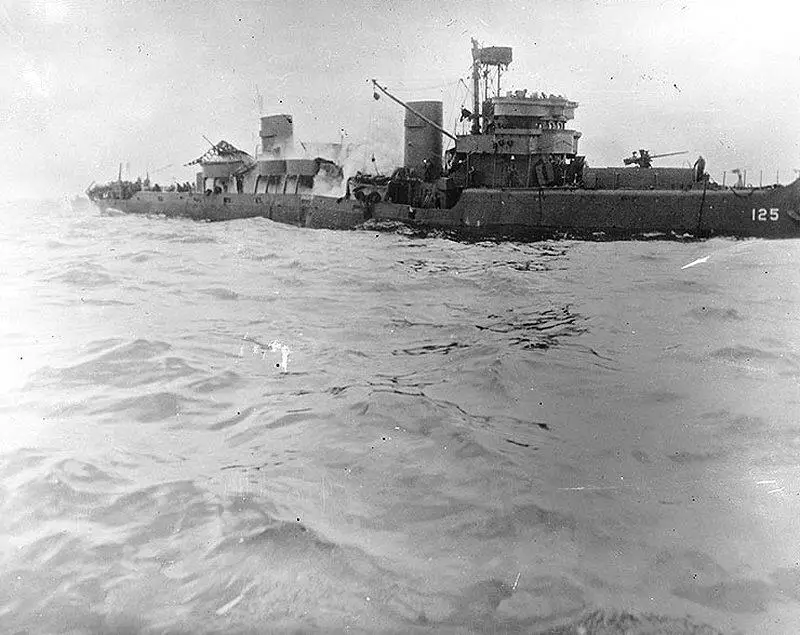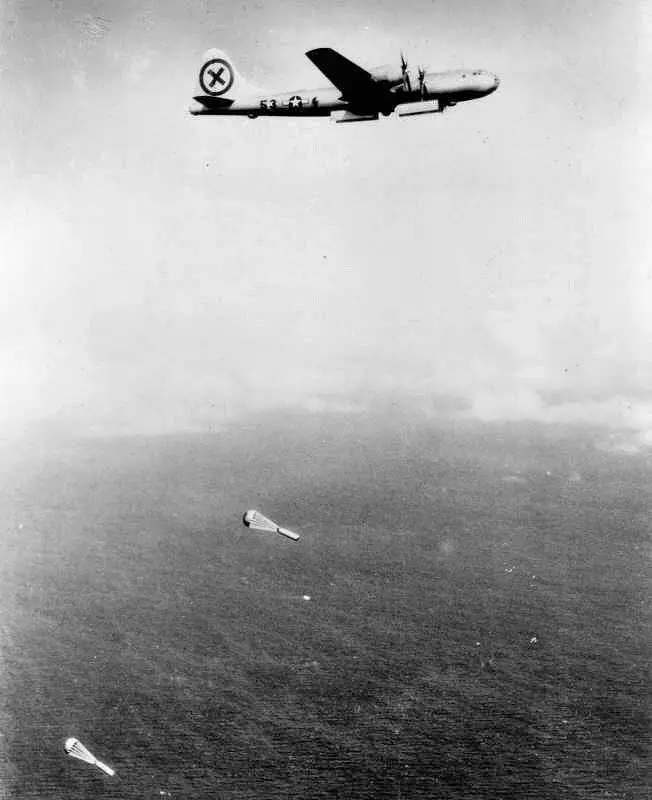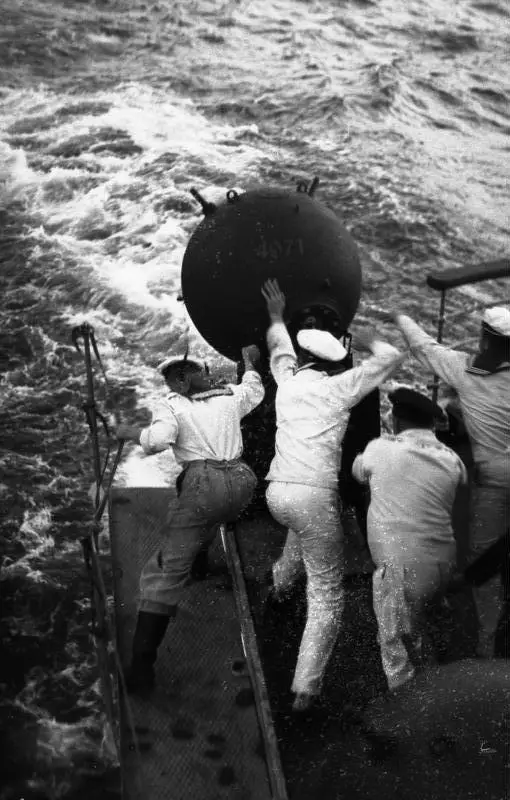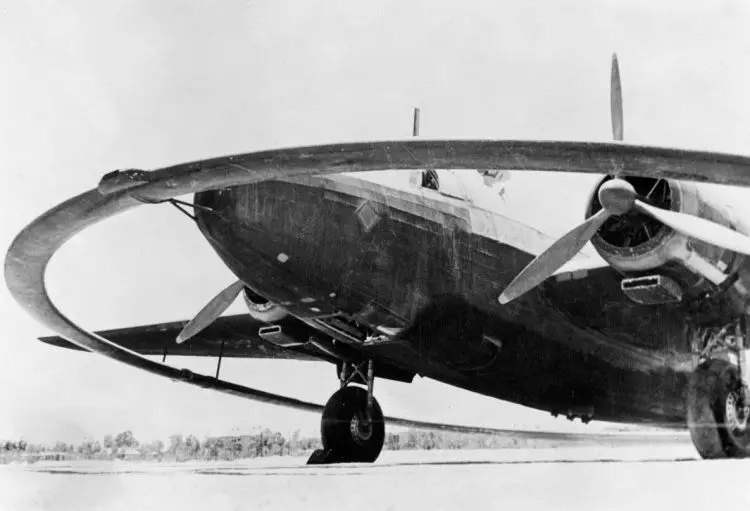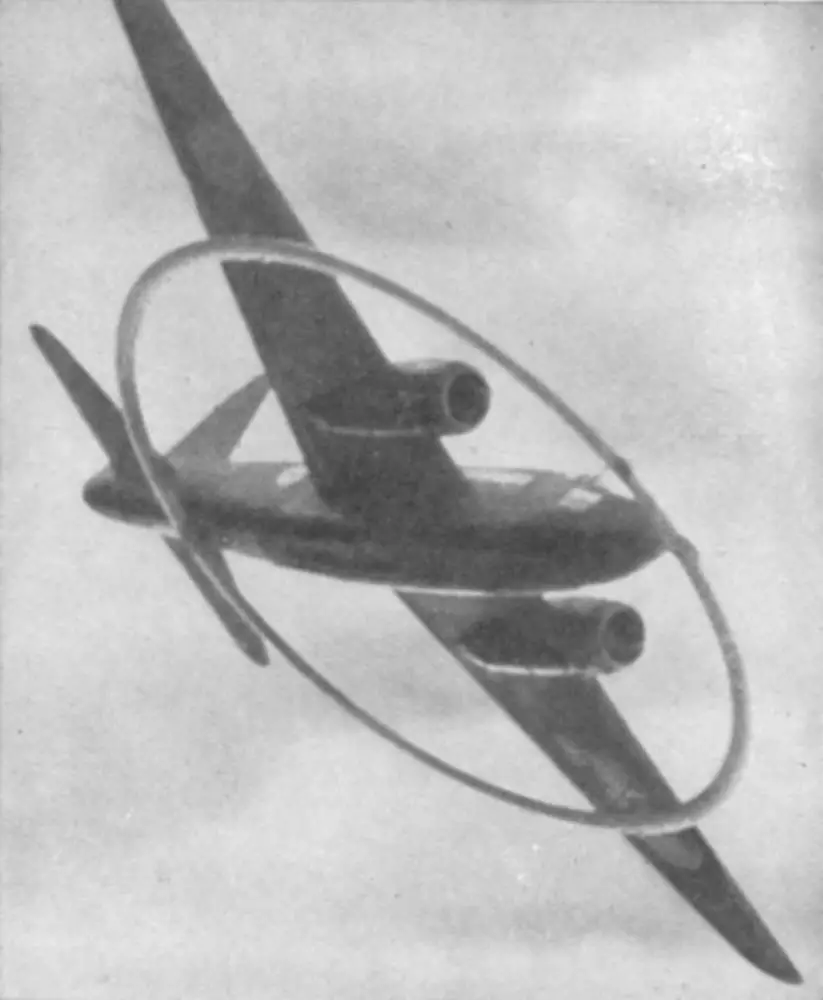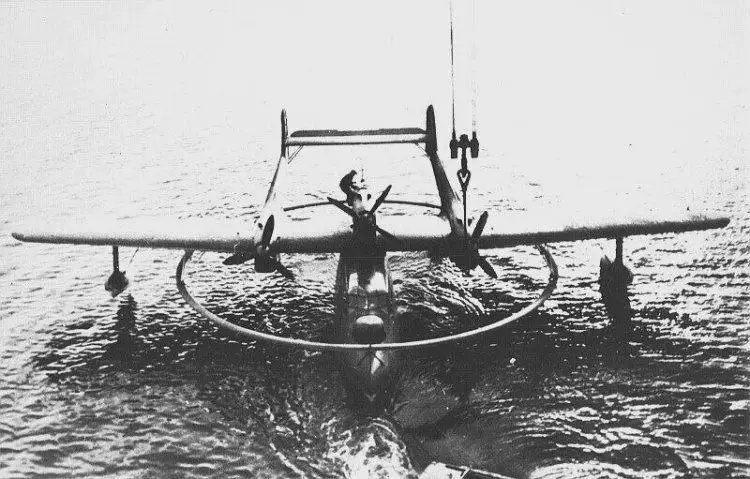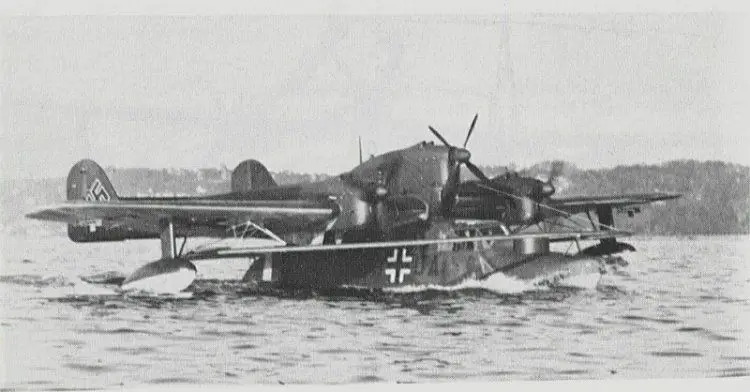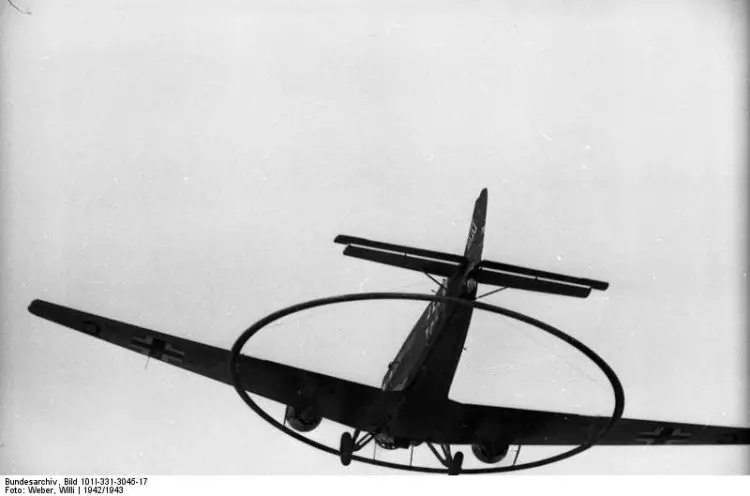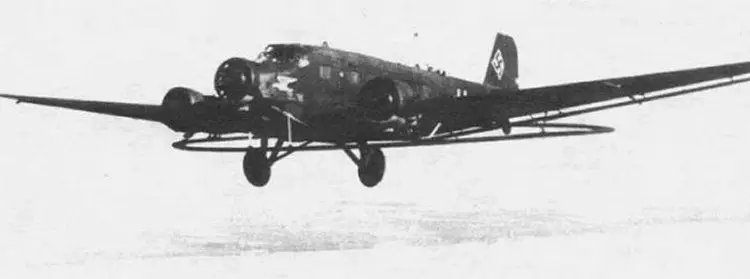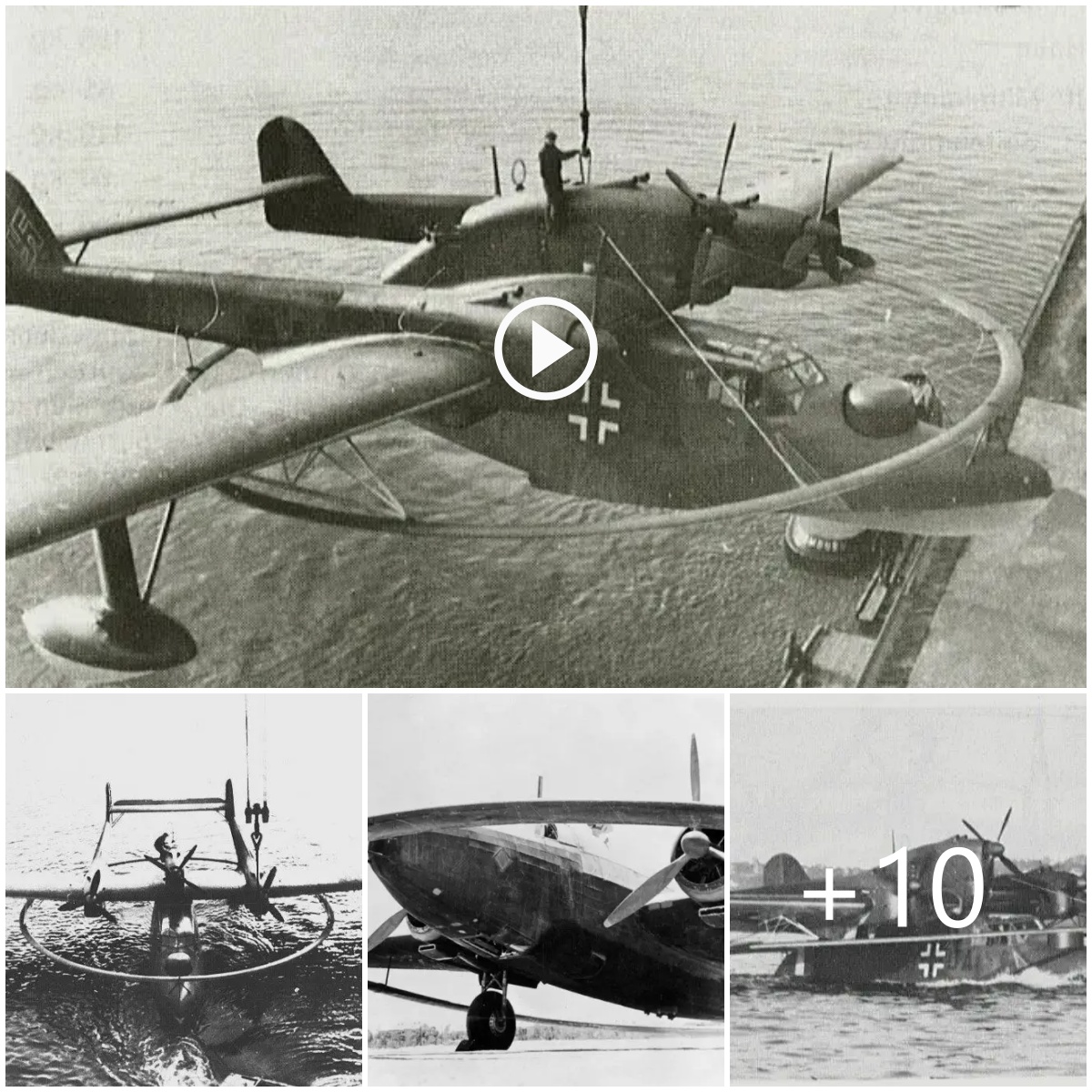Minesweeper Aircraft Explored
As war helps offensive weapon technology develop, defensive technology must also be designed to counter and eradicate the threat of the new weapons. One such advance during the Second World War was the greater use of minesweeper aircraft used by both the Allies and Axis powers. Naval mines posed a hazard to both military and supply ships at sea. Both powers decided to invest in methods to clear them from the sea.
One such method was the use of aircraft, with the British using the Vickers Wellington and the Germans deploying the Blohm & Voss BV 138 and the Junkers Ju 52.
Prior to the Second World War, mines had already been invented and deployed at the sea to disrupt and damage enemy shipping formations, but the outbreak of the war prompted more mine laying and technological changes to the types of naval mines left out at sea.
Traditionally, naval mines followed the concept of “contact mines:” a spherical mine covered in horns, which when pressed in would trigger the fuse to detonate the explosives inside. A ship would have to physically contact and press one of the mine’s horns to cause an explosion. These mines were used extensively during the First World War.
Following the outbreak of the Second World War, both sides began developing new mine technology and methods to drop them at sea. One such method was dropping mines into the water from aircraft while the Nazi German Kriegsmarine used U-Boats for mine laying operations.
Britain had also developed the concept of a magnetic mine during the First World War and knew it was highly likely that the Nazi military was also capable of developing such a device.
Initially, dredging and laying nets from ships was deemed the most effective option for mine clearance, but this was also found to take up time and resources.
The British navy also found that even after sweeping ocean corridors and harbour entrances where the Germans were known to have laid mines, some ships were still being damaged by huge underwater explosions coming into port.
The cruiser HMS Belfast famously suffered damages from a mine explosion in 1939. British naval command believed that a new type of mine was being deployed by the Nazis and that this mine could detonate at a distance but still sink or damage ships by causing a powerful shock wave.
Due to the substantial damage being caused to British naval and merchant shipping and the psychological fear caused by the new mine, Prime Minister Winston Churchill made the recovery of an intact example of one of these mines a priority.
In November 1939, an intact example of the new mine was found washed up and intact in the mud on the Essex coast near a patch of land owned by the military. Military scientists were able to quickly disarm the mine and took it away to study.
They found the new magnetic mine had a self-arming mechanism which detected when a ship passed above and the earth’s magnetic field became focused on the ship.
These findings proved extremely useful and British scientists and engineers began to explore new options and technological developments for mine clearance.
Initially, the British tried “degaussing” ships which meant altering their design and hulls to offset magnetic attraction with the theory this could allow boats to pass over mines without detonating them.
A second proposal included deliberately generating a magnetic field from a ship to trigger the mine, and while this was done successfully, the shockwave could still damage the boat from a distance.
To mitigate collateral damage, engineers began exploring the use of aircraft for mine sweeping.
The Royal Air Force (RAF) selected the Vickers Wellington to perform mine clearance duties.
The Wellington had been designed for a specification issued by the British Air Ministry in 1932 calling for a medium-to-long-range day bomber. One of the principal designers was renowned engineer Barnes Wallis. The Wellington completed its maiden flight in 1936 and entered service with the RAF soon after.
As the war progressed and RAF Bomber Command decided that daylight bombing campaigns were too dangerous. The Wellington itself was considered a strongly built and safe aircraft to fly but was found to have subpar defences against attacking Luftwaffe fighter planes.
The Wellington was redesignated as a night bomber but soon began to be phased out of combat service in favour of heavier bomber aircraft such as the Lancaster and the Halifax. However, the end of its bombing service did not see the Wellington retire completely from RAF duties.
To modify the Wellington for mine clearance duties, a balsa wood ring was constructed around the aircraft’s fuselage with a diameter of fifty-one feet. A circular aluminium coil was then placed inside the ring. Inside the Wellington, a Ford V8 engine powered a generator to activate the ring.
Initial tests were conducted on land and proved successful. The Wellington was subsequently put into mine sweeping service in 1940.
Mine clearing at sea proved to be more precision-focused and difficult compared to land tests. The Wellington would have to fly slow enough for the mine to register the field and trigger the explosives, but high enough to not be caught in the blast wave.
Initial water and land tests were conducted at 60 ft in the air with scientists and test pilots considering 35 ft to be the minimum safe distance.
The Wellington performed its first successful mine sweep on the 8th of January 1940, with the equipment found to be working well over the water. On the 13th of January, the Wellington was deployed for a second sweep, however, the crew inadvertently flew below 35 ft and the aircraft was tossed into the air by the explosion. Thanks to the Wellington’s sturdy design, it was able to return to the airfield undamaged.
The Wellington’s magnetic ring was considered a simple but successful degaussing technique in clearance operations and diminished the fear of magnetic mines. After operations off the British coast, it was deployed to RAF bases in Egypt to help with mine clearing in the Mediterranean until the Allies gained ocean superiority in the area.
However, the success of the design triggered a technological war between Germany and Britain in the early stages of the war in which military scientists would research ways to gain a brief edge over the enemy. Nazi engineers also looked to the Wellington when designing their own mine-sweeping aircraft.
Blohm & Voss BV 138
The BV 138 was designed in Germany as a flying boat and a long-range maritime patrol aircraft.
It was first conceived in 1936 and was developed by Blohm & Voss’ subsidiary, the Hamburger Flugzeugbau company. While flying boats were considered versatile aircraft at the time, they could also be slow and cumbersome in war situations which left them vulnerable to enemy fire.
The BV 138 had a unique design intended to mitigate the flaws of other flying boats. It was a monoplane with the wings mounted high on the fuselage with pontoons fitted beneath. A third engine was fitted on the upper fuselage behind the cockpit.
Three gun turrets were also fitted for defence and the BV 138 was also modified for both water and ship-based catapult takeoff. Its maiden flight was completed in December 1940.
The BV 138 saw some frontline action during the Nazi invasion of Norway in 1940 but was then redesignated for mine sweeping with the BV 138 MS being produced specifically for this role.
Similar to the Wellington’s design, the BV 138 was fitted with a magnetic ring for degaussing and triggering the mine’s detonation but this necessitated removing the aircraft’s defensive turrets. The BV 138’s ring measured at a diameter of 14.3 meters and its centre of gravity was located towards the rear.
The control column for the ring was located in the fuselage and an auxiliary generator to power the electrical current was installed in the engine room.
The BV 138 performed its mine-sweeping role from 1941 to 1943.
Junkers Ju 52
The Ju 52 was initially proposed by Germany as a commercial aircraft and designed by engineer Ernst Zindel in 1930, initially drawing upon some of Junckers’ earlier aircraft from the First World War.
The Ju 52 prototype completed its maiden flight in December 1930 but several improvements had to be made after one of the prototypes suffered a crash in 1931.
With the outbreak of the war, the Ju 52 was switched from commercial to miliary functions and was modified with a stronger body and defensive machine gun turrets.
As the war progressed, Nazi military observations found that the British were using degaussing rings fitted to aircraft to destroy magnetic mines left in British waters and decided to mimic the concept.
The Ju 52 was also fitted with a degaussing ring which performed the same function as the rings fitted to the Wellington and the BV 138. Practice runs in the aircraft noted that naval mines would explode 200 meters behind the plane once the mine sweeper ring passed over due to the seven second delay after the fuse was ignited.
As the British Royal Navy began laying mines in ports of occupied countries, the Luftwaffe put the Ju 52 into mine sweeping service in 1940 on the Dutch coast.
The Ju 52 was deemed effective in clearing mines near Dutch ports and was also assigned to sweeping runs off the coast of France in the same year. A special mine-sweeping squadron was put together for French coastal operations using the Ju 52.
Following the Battle of Britain and gains in air superiority for the Allies, these operations proved risky as RAF fighter squadrons would sometimes attack German mine sweeper aircraft flying along Northern France. RAF Hawker Typhoon fighter squadrons recorded shooting down Ju 52 mine sweepers off the coast of Brittany between 1943 and 1944.
The Ju 52 sweeping squadron remained in service until 1944 when the Allies began liberating mainland France following the D-Day landings.
If you like this article, then please follow us on Facebook and Instagram.
Hits: 0
